Home>Furniture & Design>Interior Design Trends>How To Clean Auto Glass
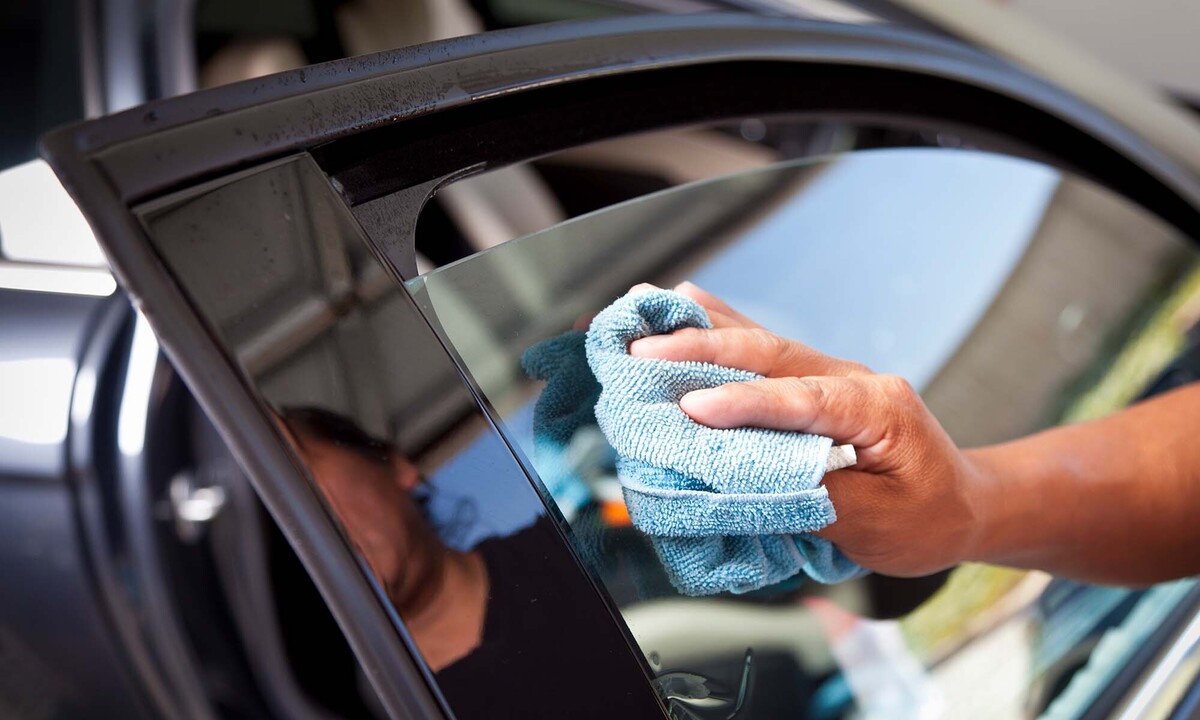

Interior Design Trends
How To Clean Auto Glass
Modified: August 27, 2024
Learn the latest interior design trends for auto glass cleaning. Discover expert tips and techniques to keep your car's glass surfaces sparkling and streak-free.
(Many of the links in this article redirect to a specific reviewed product. Your purchase of these products through affiliate links helps to generate commission for Storables.com, at no extra cost. Learn more)
Introduction
Cleaning auto glass is an essential aspect of maintaining a vehicle's appearance and ensuring optimal visibility while driving. Over time, dirt, grime, and environmental contaminants can accumulate on the glass surfaces, diminishing the overall aesthetic appeal and compromising the driver's visibility. Additionally, interior glass surfaces are prone to smudges, fingerprints, and other residues that can obstruct the driver's view and detract from the overall cleanliness of the vehicle's interior.
Regularly cleaning the auto glass not only enhances the vehicle's appearance but also contributes to safe driving conditions. By removing dirt, dust, and other impurities from the glass, drivers can enjoy improved visibility, especially during adverse weather conditions. Furthermore, clean and streak-free auto glass can elevate the overall driving experience, providing a clear and unobstructed view of the surroundings.
In this comprehensive guide, we will explore the step-by-step process of effectively cleaning auto glass, both from the interior and exterior perspectives. By following these methods and utilizing the appropriate cleaning supplies, individuals can achieve sparkling, crystal-clear auto glass that enhances the vehicle's aesthetics and ensures safe and enjoyable driving experiences. Let's delve into the essential steps and techniques for achieving spotless auto glass that will leave your vehicle looking pristine and your driving visibility at its best.
Key Takeaways:
- Keep your auto glass sparkling and safe by gathering the right supplies, preparing the glass, and using meticulous techniques for interior and exterior cleaning. A little effort goes a long way in enhancing your driving experience!
- Prioritize safety and aesthetics by polishing your auto glass to perfection. With the right tools and techniques, you can achieve crystal-clear glass that elevates the overall appearance of your vehicle and ensures optimal visibility for safe driving.
Read more: How To Start An Auto Glass Business
Gather the necessary supplies
Before embarking on the task of cleaning auto glass, it is crucial to gather the necessary supplies to ensure a thorough and effective cleaning process. Having the right tools and products at hand can significantly streamline the cleaning procedure and yield superior results. Here's a comprehensive list of supplies that are essential for cleaning auto glass:
-
Glass Cleaner: Select a high-quality glass cleaner specifically formulated for automotive use. Look for a cleaner that is ammonia-free to prevent damage to tinted windows and sensitive interior surfaces.
-
Microfiber Cloths: Opt for soft, lint-free microfiber cloths to avoid leaving streaks or lint residue on the glass surfaces. Microfiber cloths are highly effective in capturing dirt and grime without scratching the glass.
-
Rubbing Alcohol: This versatile solution is excellent for removing stubborn residues such as adhesive remnants, grease, or tree sap from the glass.
-
Water and Spray Bottle: Fill a spray bottle with clean water to use in conjunction with the glass cleaner. This allows for controlled and even application of the cleaning solution.
-
Squeegee: A high-quality squeegee can expedite the cleaning process and ensure a streak-free finish, especially when cleaning the exterior side of the auto glass.
-
Soft Bristle Brush: A small, soft-bristled brush can be used to remove dust and debris from the window seals and crevices, ensuring a thorough cleaning process.
-
Glass Polishing Compound (Optional): For stubborn water spots or mineral deposits, a glass polishing compound can be used to restore the clarity and shine of the glass.
-
Protective Gloves: While not directly related to the cleaning process, wearing protective gloves can prevent skin irritation when handling cleaning solutions and chemicals.
By assembling these essential supplies, individuals can approach the task of cleaning auto glass with confidence, knowing that they have the necessary tools and products to achieve optimal results. With the right supplies at hand, the subsequent steps of preparing the auto glass, cleaning the interior and exterior sides, and polishing the glass can be executed efficiently and effectively, resulting in sparkling, crystal-clear auto glass that enhances the overall appearance and driving experience.
Preparing the auto glass
Before diving into the actual cleaning process, it's crucial to prepare the auto glass to ensure that the subsequent cleaning steps yield optimal results. Proper preparation sets the stage for a thorough and effective cleaning process, allowing for the removal of dirt, grime, and residues that may have accumulated on the glass surfaces.
The first step in preparing the auto glass is to park the vehicle in a shaded or indoor area, away from direct sunlight. Cleaning auto glass under direct sunlight can lead to premature drying of the cleaning solutions, resulting in streaks and water spots on the glass surfaces. By choosing a shaded location, the cleaning process can be carried out with greater control and efficiency.
Next, it's essential to ensure that all windows are fully closed before initiating the cleaning process. This prevents the cleaning solution from seeping into the interior of the vehicle and causing potential damage to electronic components, upholstery, or other interior surfaces. Additionally, closed windows create a more controlled environment for cleaning, minimizing the impact of external elements such as wind or dust.
Inspecting the auto glass for any visible contaminants or stubborn residues is another critical aspect of preparation. By identifying areas with heavy dirt buildup, water spots, or adhesive residues, individuals can prioritize these areas during the cleaning process, ensuring that they receive the necessary attention and thorough cleaning.
Furthermore, removing any loose debris or dust from the glass surfaces and surrounding areas is essential before applying the cleaning solution. A soft bristle brush or compressed air can be used to gently dislodge dirt and debris from the window seals, crevices, and surrounding trim. This step prevents loose particles from being spread across the glass during the cleaning process, minimizing the risk of scratches or streaks.
Finally, if the auto glass exhibits stubborn residues such as tree sap, adhesive remnants, or bug splatter, applying a small amount of rubbing alcohol to a microfiber cloth can help dissolve and remove these contaminants effectively. This targeted approach ensures that the glass surfaces are free from stubborn residues before proceeding with the comprehensive cleaning process.
By meticulously preparing the auto glass through these essential steps, individuals can set the stage for a successful and thorough cleaning process. This proactive approach not only enhances the effectiveness of the subsequent cleaning steps but also contributes to achieving sparkling, crystal-clear auto glass that elevates the overall appearance and driving experience.
Cleaning the interior side of the glass
Cleaning the interior side of the auto glass is a crucial step in achieving pristine and streak-free results. The interior surfaces are often prone to smudges, fingerprints, and residues from various sources, necessitating a meticulous approach to ensure optimal clarity and cleanliness.
To begin, spray a moderate amount of the chosen glass cleaner onto a clean microfiber cloth. It's important to avoid oversaturating the cloth, as excessive moisture can lead to streaking on the glass. Starting from the top corner of the window, gently wipe the glass in a horizontal or vertical motion, working your way across the entire surface. This methodical approach helps ensure comprehensive coverage and effective removal of smudges and residues.
For areas with persistent smudges or residues, a secondary pass with a fresh microfiber cloth can be beneficial. Rotating the cloth to a clean section minimizes the risk of redistributing dirt and ensures thorough cleaning. Additionally, using a separate microfiber cloth for the edges and corners of the glass helps address hard-to-reach areas, resulting in a uniformly clean finish.
When cleaning the interior side of the windshield, it's essential to pay special attention to the area behind the rearview mirror. This often-overlooked section can accumulate dust and residues, impacting visibility and overall cleanliness. Gently maneuver the cloth around the rearview mirror mount to effectively clean this concealed area, enhancing the driver's line of sight and ensuring a polished appearance.
In the case of heavily soiled or greasy interior glass surfaces, a small amount of rubbing alcohol applied to a microfiber cloth can aid in dissolving and removing stubborn residues. This targeted approach helps tackle persistent smudges and ensures that the interior glass surfaces are free from greasy films or residues, contributing to a pristine and clear finish.
By following these meticulous steps and techniques, individuals can achieve spotless and streak-free interior auto glass that enhances the overall cleanliness and visual appeal of the vehicle's interior. This attention to detail not only elevates the driving experience but also contributes to safe and unobstructed visibility, ensuring a clear view of the surroundings for an enjoyable and safe driving experience.
Use a microfiber cloth and a glass cleaner specifically designed for auto glass to clean your windows. Spray the cleaner onto the cloth to avoid streaks and ensure a clear, spotless finish.
Cleaning the exterior side of the glass
Cleaning the exterior side of the auto glass is a critical step in achieving pristine and crystal-clear results. The exterior surfaces are constantly exposed to environmental contaminants, road grime, and airborne particles, necessitating a thorough and methodical approach to ensure optimal visibility and a sparkling finish.
To commence the cleaning process, it is advisable to rinse the exterior glass surfaces with clean water to remove loose dirt and debris. This preliminary step helps minimize the risk of scratching the glass during the subsequent cleaning stages and prepares the surfaces for the application of the glass cleaner.
Once the glass surfaces have been rinsed, spray a generous amount of the chosen glass cleaner directly onto the exterior of the glass. It is essential to ensure comprehensive coverage, particularly in areas with visible dirt or grime buildup. The application of the glass cleaner helps to loosen and dissolve stubborn contaminants, preparing the surfaces for thorough cleaning.
Using a high-quality squeegee, begin at the top corner of the windshield and pull the squeegee across the glass in a smooth, overlapping motion. This technique effectively removes the cleaning solution and dislodges dirt and residues from the glass, resulting in a streak-free and polished finish. It is crucial to work systematically across the entire surface, ensuring that no areas are overlooked during the squeegeeing process.
In areas with intricate contours or tight spaces, such as around the side mirrors or windshield wipers, a smaller squeegee or a microfiber cloth can be used to access and clean these challenging areas effectively. Paying attention to these often-neglected areas ensures a comprehensive and uniform cleaning outcome, enhancing the overall appearance of the auto glass.
For stubborn water spots or mineral deposits that may be present on the exterior glass surfaces, a glass polishing compound can be employed to restore the clarity and shine of the glass. Applying the polishing compound with a clean microfiber cloth and gently buffing the affected areas can effectively eliminate these imperfections, resulting in a flawless and gleaming exterior glass surface.
By meticulously following these steps and techniques, individuals can achieve spotless and streak-free exterior auto glass that enhances the vehicle's overall appearance and driving experience. This dedicated approach not only elevates the visual appeal of the vehicle but also contributes to safe and unobstructed visibility, ensuring a clear view of the surroundings for an enjoyable and safe driving experience.
Polishing the glass
Polishing the auto glass is the final step in achieving a pristine and flawless finish, elevating the overall appearance and clarity of the glass surfaces. This process is particularly beneficial for addressing stubborn water spots, mineral deposits, or minor imperfections that may detract from the glass's transparency and visual appeal.
To commence the glass polishing process, it is essential to select a high-quality glass polishing compound specifically formulated for automotive use. This ensures that the compound is gentle on the glass while effectively addressing imperfections. Additionally, choosing a non-abrasive polishing compound helps prevent damage to the glass surfaces, preserving their integrity and transparency.
Before applying the glass polishing compound, it is advisable to ensure that the glass surfaces are clean and free from any residual dirt or cleaning solutions. Using a clean microfiber cloth, gently inspect the glass for any remaining contaminants or streaks, addressing them as needed to prepare the surfaces for the polishing process.
Once the glass surfaces are thoroughly clean, apply a small amount of the glass polishing compound to a clean and dry microfiber cloth. It is important to use a modest quantity of the compound to avoid over-application, as a little goes a long way in achieving the desired results. With the polishing compound evenly distributed on the cloth, gently buff the affected areas of the glass in a circular motion.
During the polishing process, it is crucial to exert gentle pressure and maintain a consistent motion to effectively address the targeted imperfections. Focusing on specific areas with water spots or mineral deposits, the circular buffing motion helps break down and eliminate these imperfections, gradually restoring the glass's clarity and shine.
After buffing the glass with the polishing compound, use a separate clean microfiber cloth to gently remove any residual compound and reveal the polished surface. This step ensures that the glass surfaces are free from any remaining polishing residue, resulting in a gleaming and crystal-clear finish.
By meticulously following these steps and techniques, individuals can achieve sparkling and flawless auto glass that enhances the vehicle's overall appearance and driving experience. The glass polishing process not only addresses imperfections but also contributes to safe and unobstructed visibility, ensuring a clear view of the surroundings for an enjoyable and safe driving experience.
Conclusion
In conclusion, maintaining clean and clear auto glass is essential for both the aesthetic appeal of the vehicle and the safety of the driver and passengers. By following the comprehensive cleaning process outlined in this guide, individuals can achieve sparkling and crystal-clear auto glass that enhances the overall appearance of the vehicle and ensures optimal visibility for safe driving experiences.
The meticulous approach to gathering the necessary supplies sets the stage for a successful cleaning process, ensuring that individuals have the right tools and products to achieve optimal results. From high-quality glass cleaners to soft microfiber cloths and squeegees, each supply plays a crucial role in facilitating a thorough and effective cleaning experience.
Preparing the auto glass, both interior and exterior, is a proactive step that contributes to the overall success of the cleaning process. By parking the vehicle in a shaded area, ensuring closed windows, and inspecting the glass for visible contaminants, individuals can approach the cleaning process with confidence, knowing that the glass surfaces are primed for a comprehensive cleaning.
The detailed techniques for cleaning the interior and exterior sides of the glass emphasize the importance of methodical and thorough approaches. From targeted removal of smudges and residues on the interior glass to the systematic squeegeeing and polishing of the exterior surfaces, each step contributes to achieving spotless and streak-free auto glass.
The final step of polishing the glass further enhances the clarity and transparency of the glass surfaces, addressing any stubborn imperfections and ensuring a flawless finish. By employing a gentle and meticulous approach to the glass polishing process, individuals can elevate the overall appearance of the auto glass, contributing to a pristine and polished look.
In essence, the process of cleaning auto glass is not only about achieving a sparkling finish but also about prioritizing safety and driving visibility. By investing time and effort into maintaining clean and clear auto glass, individuals can enjoy an enhanced driving experience, characterized by unobstructed views and a visually appealing vehicle interior and exterior.
Ultimately, the comprehensive cleaning process outlined in this guide empowers individuals to take proactive steps in preserving the cleanliness and visual clarity of their auto glass, contributing to safe, enjoyable, and visually appealing driving experiences.
Frequently Asked Questions about How To Clean Auto Glass
Was this page helpful?
At Storables.com, we guarantee accurate and reliable information. Our content, validated by Expert Board Contributors, is crafted following stringent Editorial Policies. We're committed to providing you with well-researched, expert-backed insights for all your informational needs.
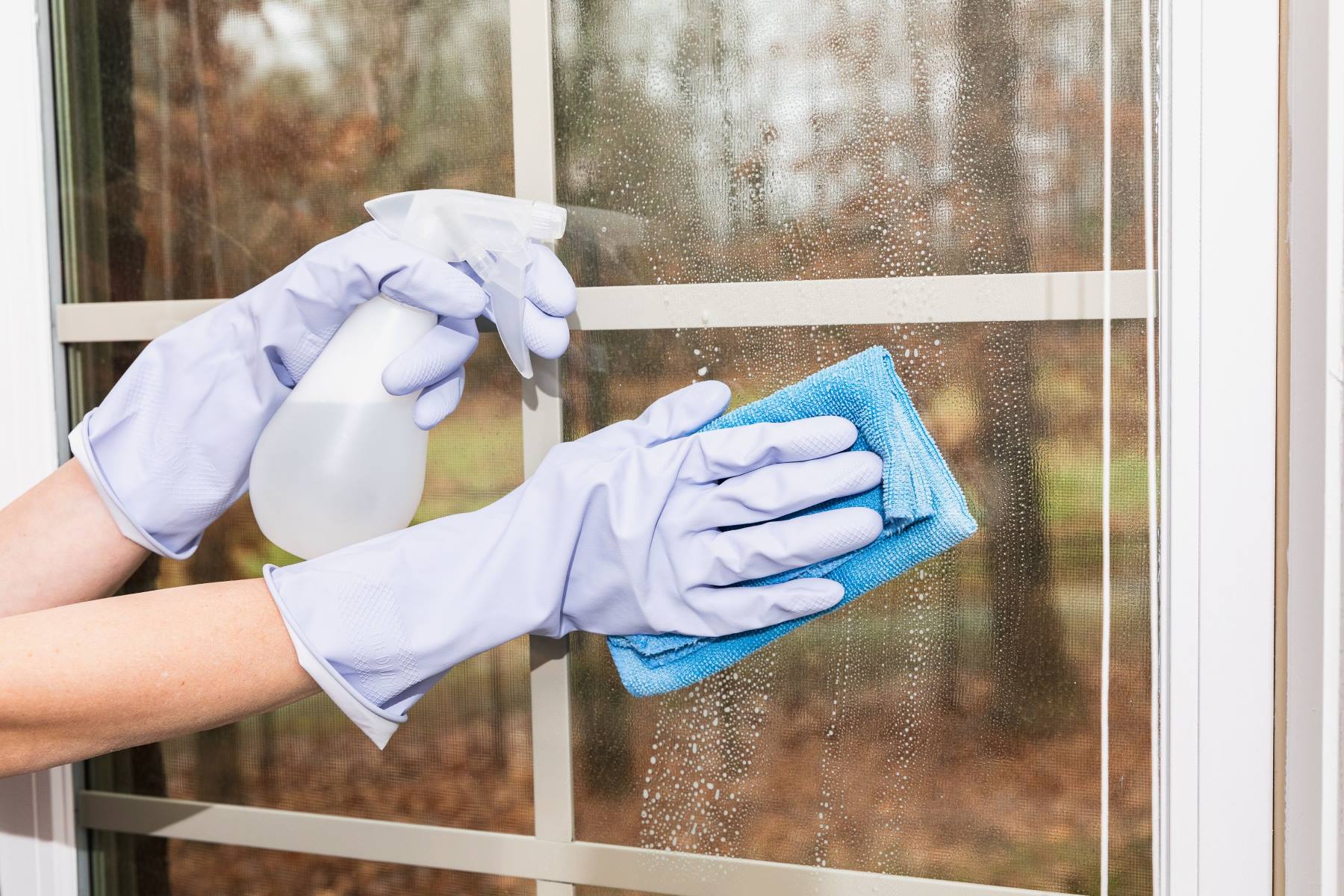
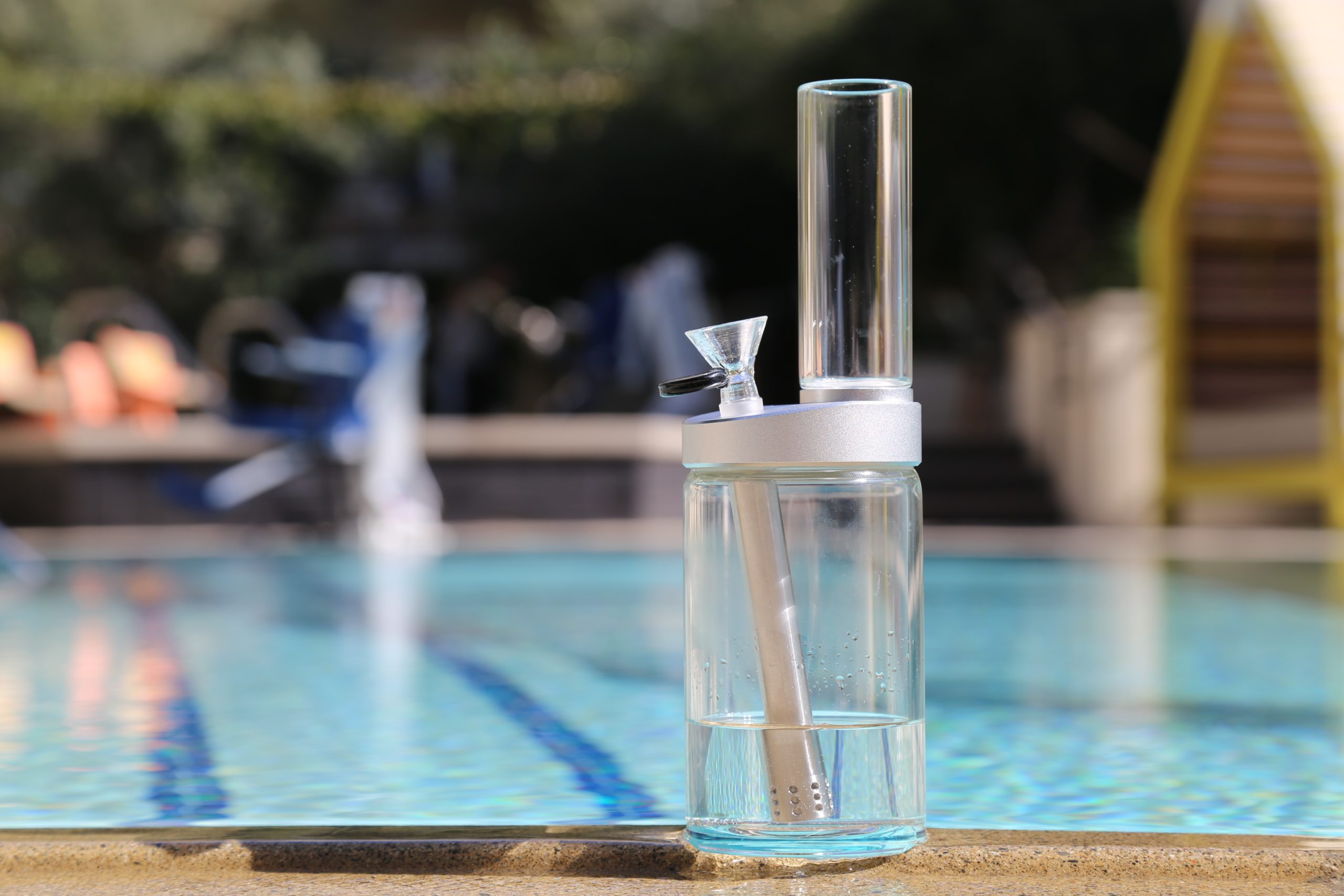
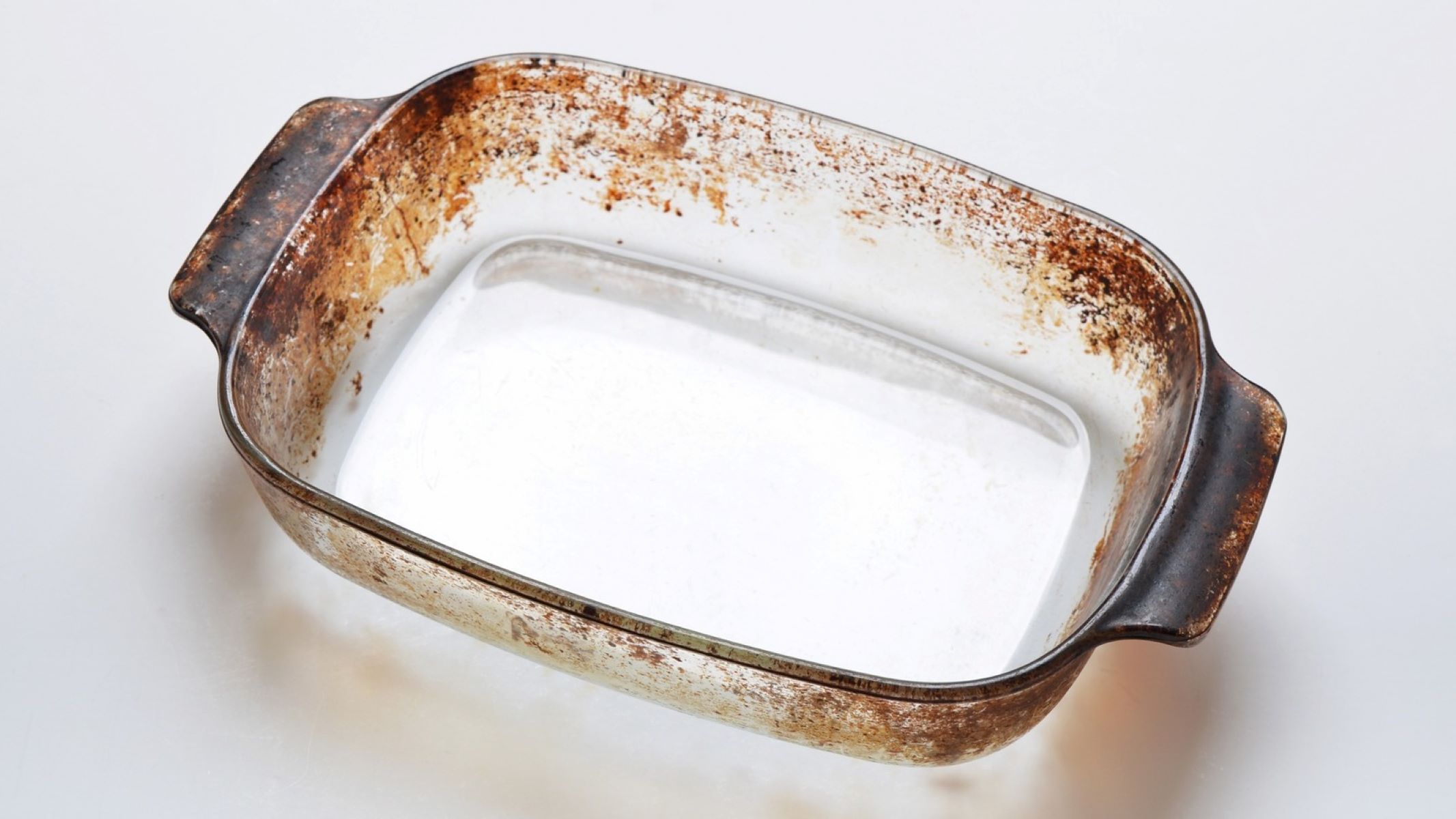
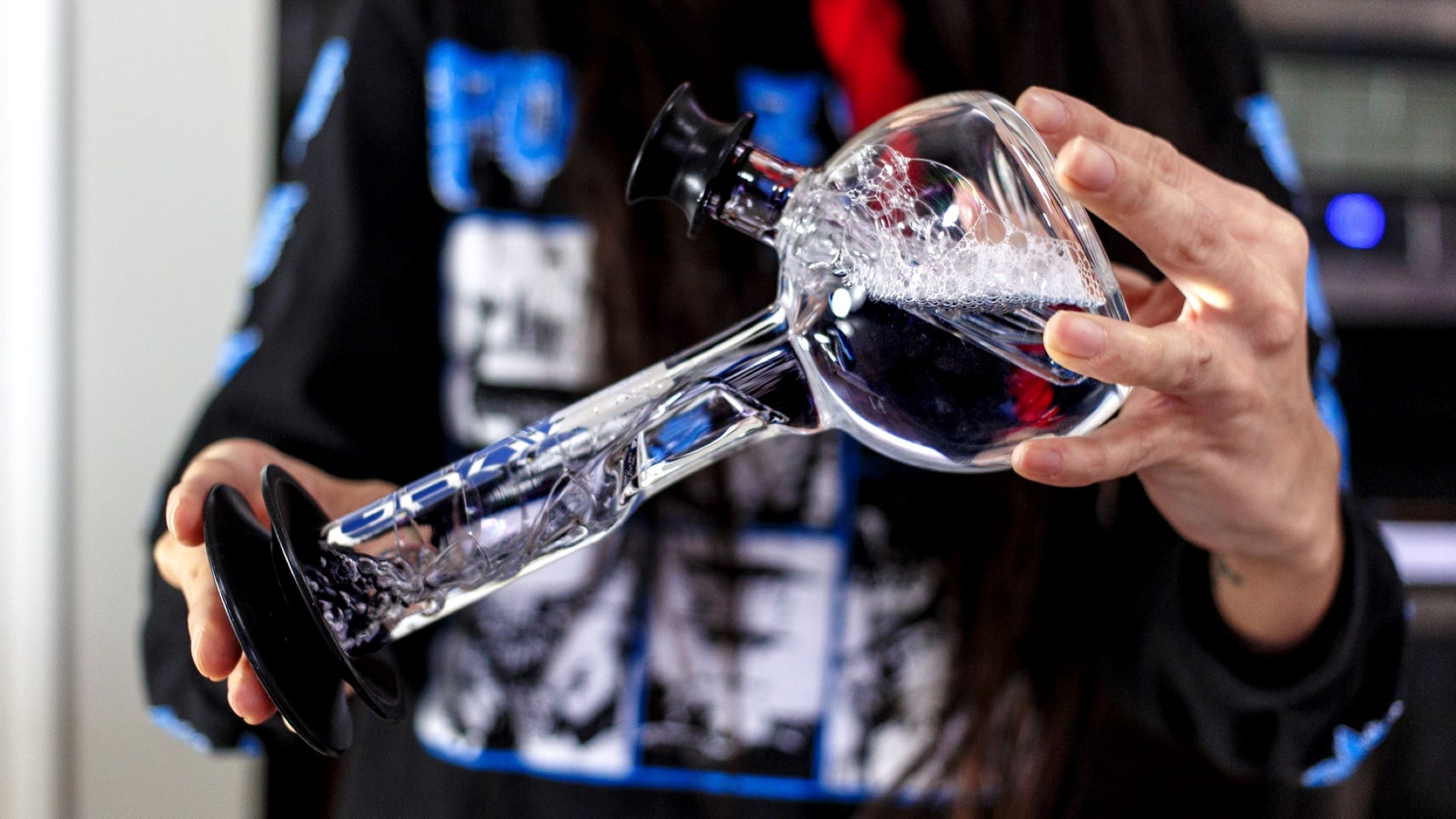
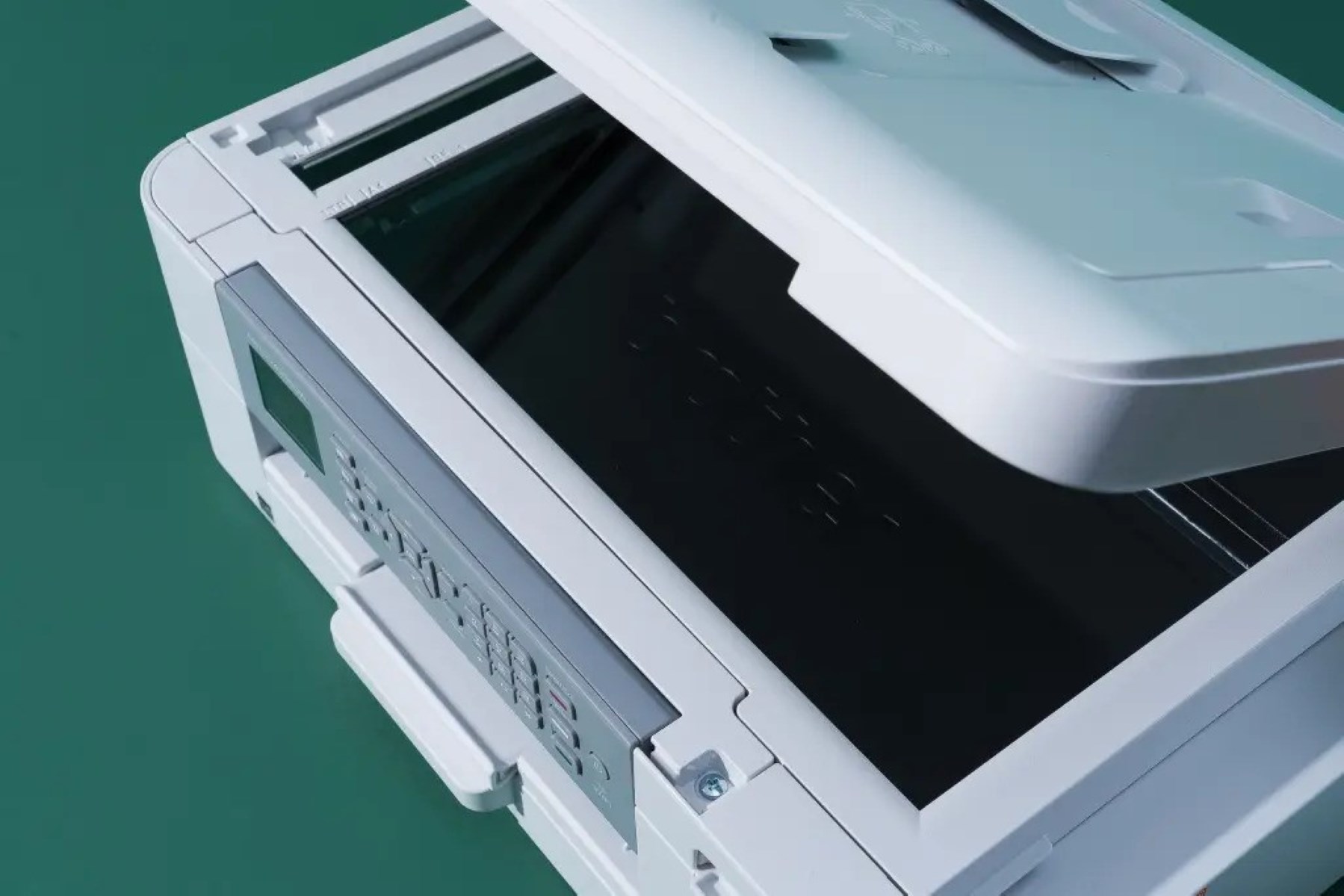

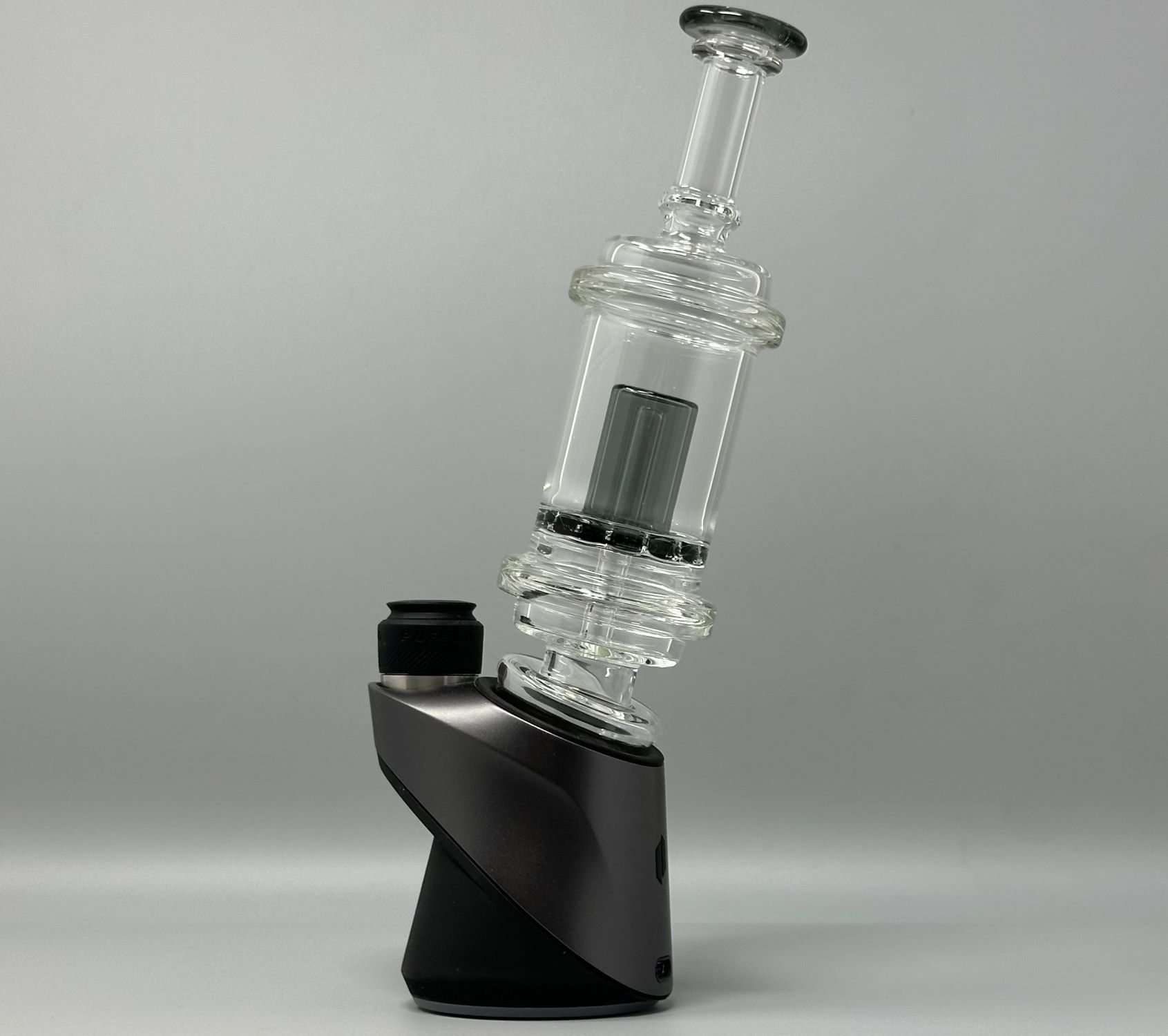
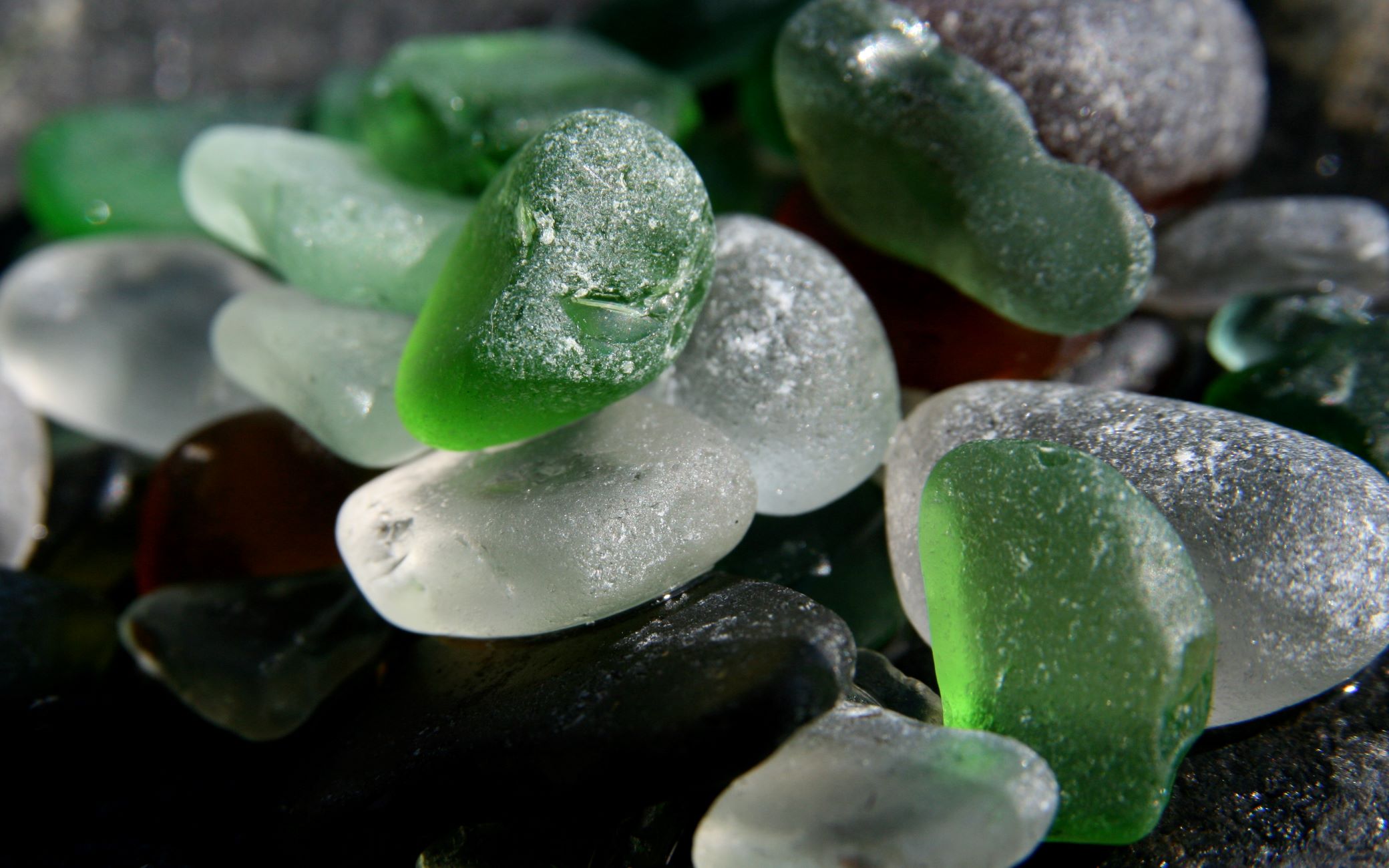
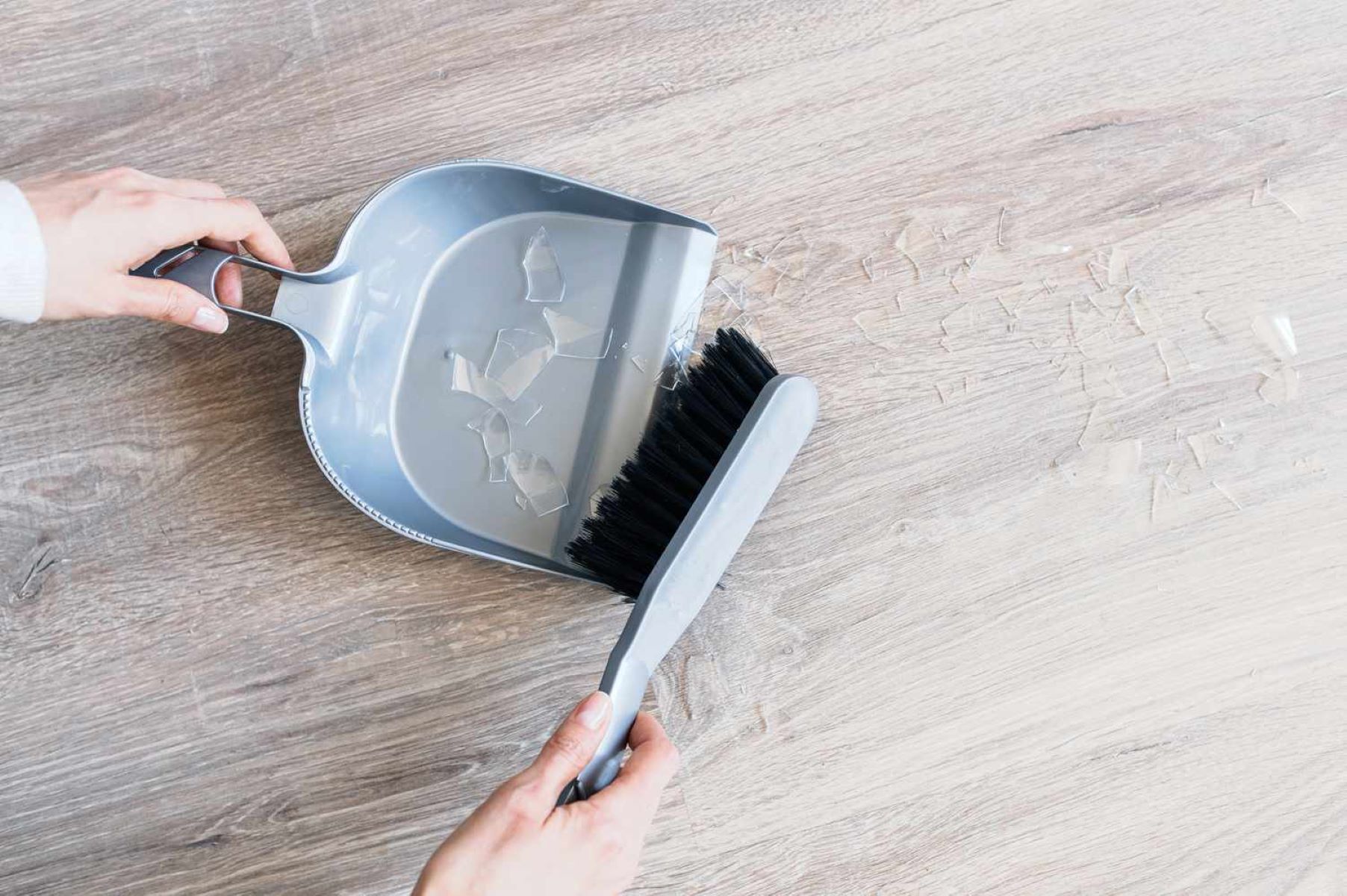
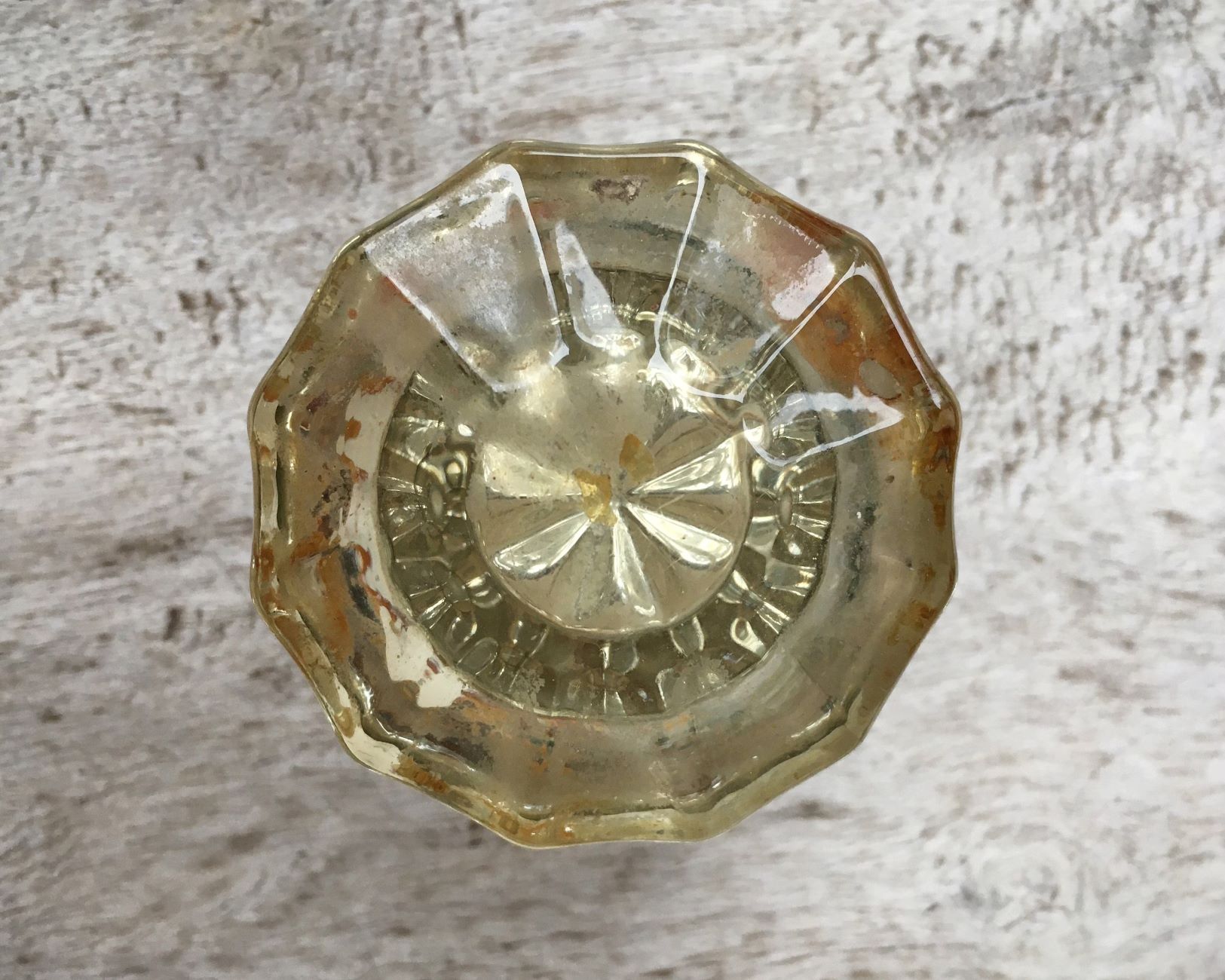
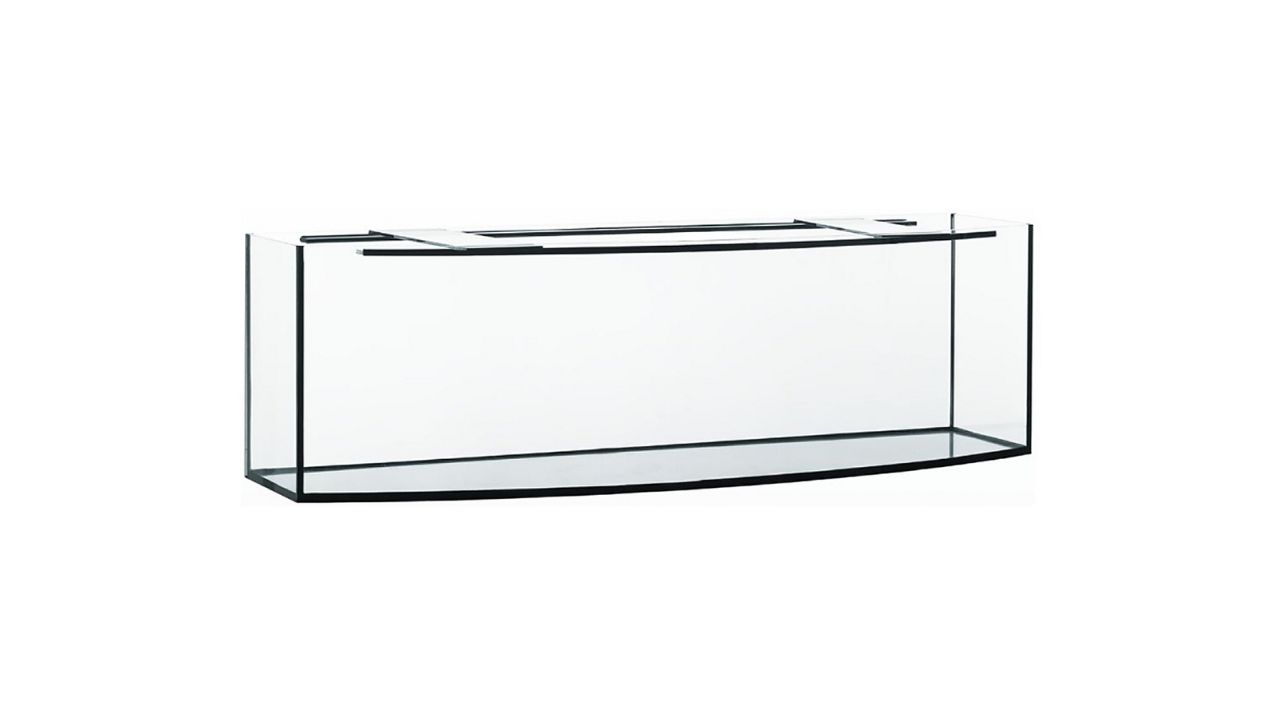
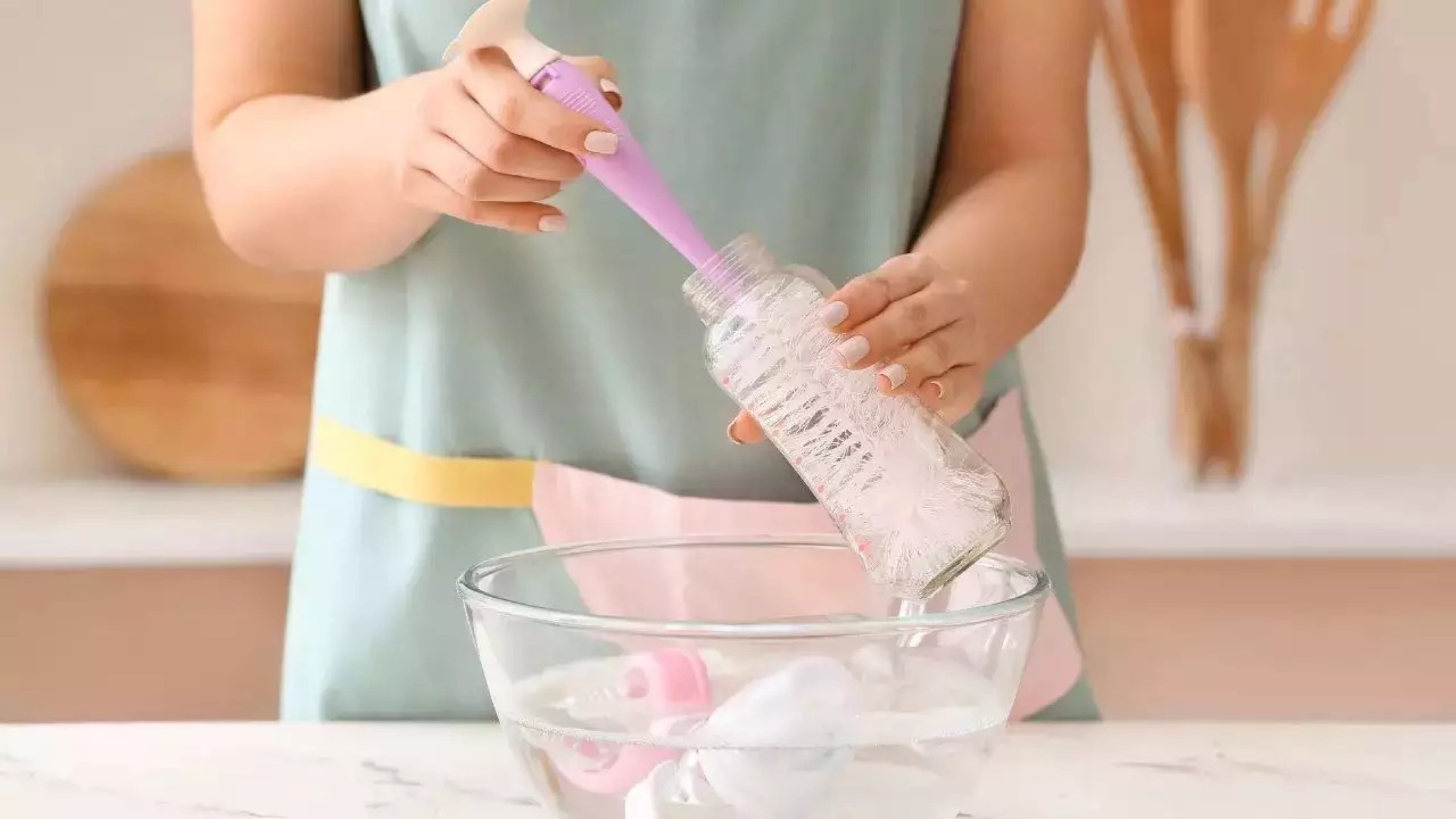
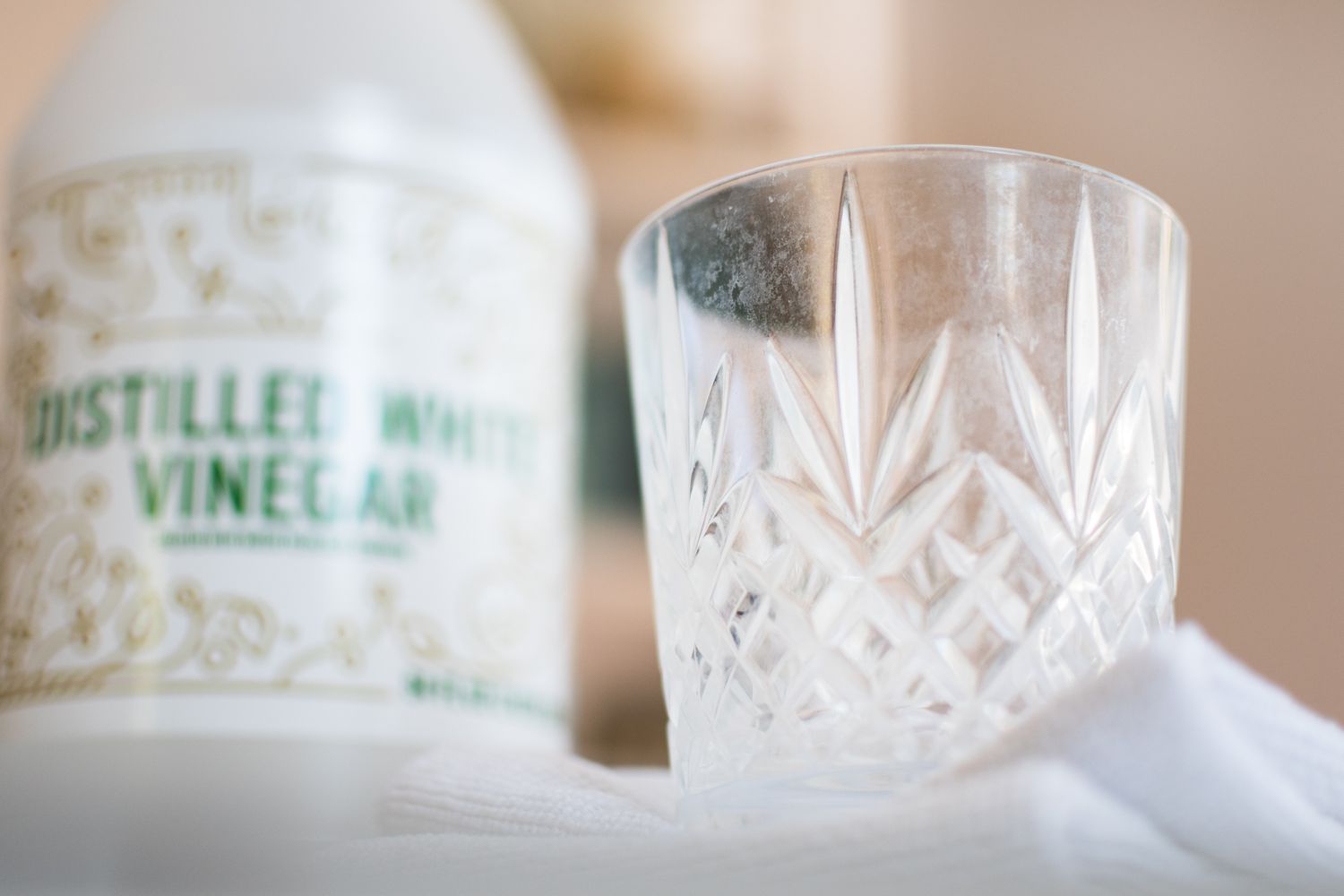
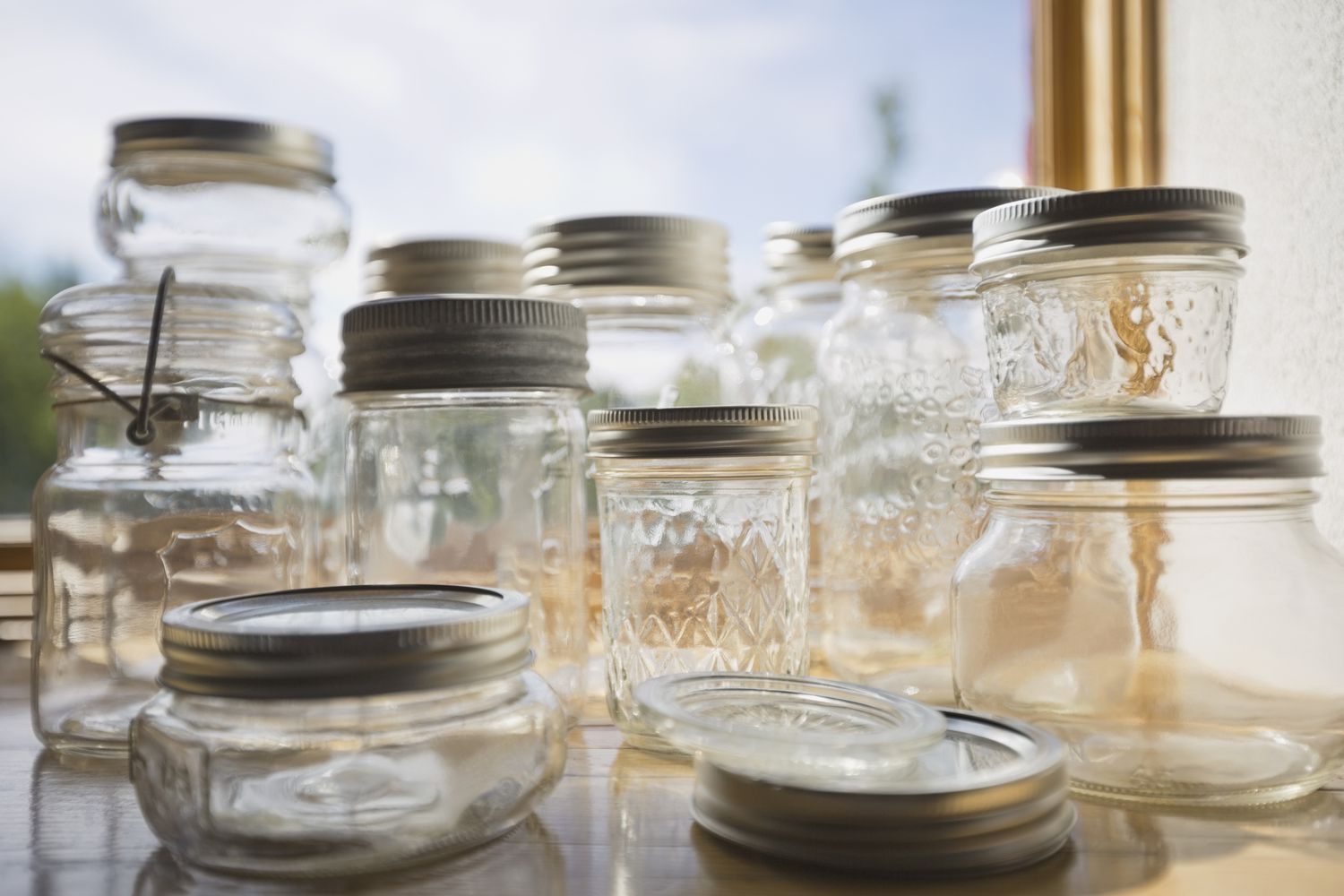

0 thoughts on “How To Clean Auto Glass”